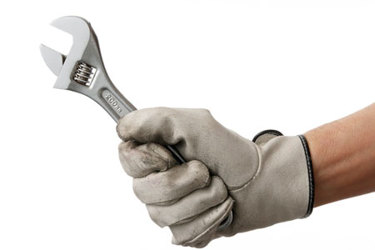How To Optimize Your Grinder

Grinders are deployed in difficult wastewater treatment applications and processes to protect against heavy solids, debris, rags, wipes and the other inorganic material found in the waste stream. They are also beneficial to condition the solids which can cause problems for imported tanker waste facilities where availability and uptime is critical.
As well as protection they can aid energy from waste applications; breaking down solids into smaller particles to provide more surface area for digestion or incineration.
Used correctly, grinders can relieve the load on operators and maintenance budgets, reducing the unnecessary and unpleasant work, such as unclogging pumps and pipes, as well as making treatment and other processes more efficient and effective.
While grinders have a reputation for being an install-and-forget technology, they can still be optimized and maintained for peak performance. Operators and plant managers who understand the most critical aspects of grinder optimization can ensure they get the most value out of their investment –– both from the grinder and the people, equipment and processes they serve.
Get unlimited access to:
Enter your credentials below to log in. Not yet a member of Water Online? Subscribe today.
